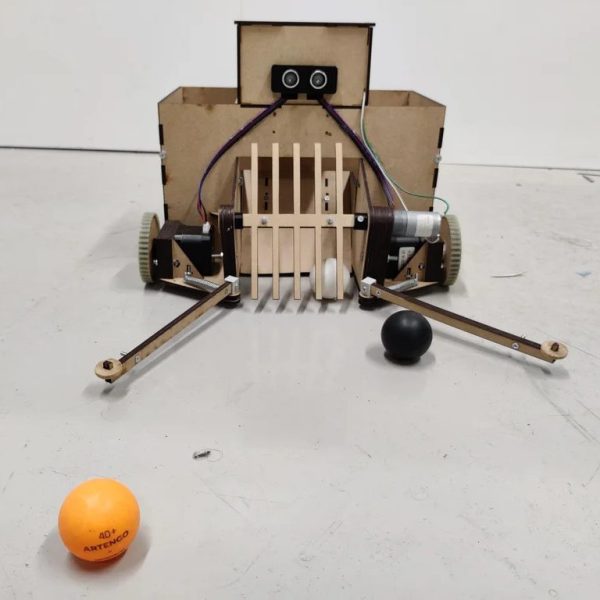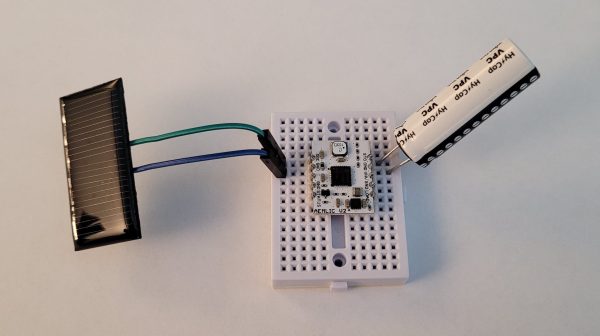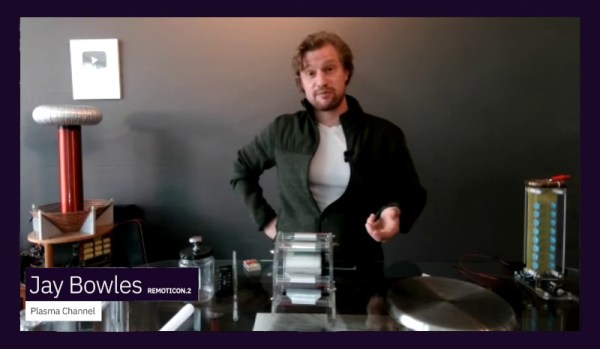Dan Maloney and I were talking on the podcast about his memories of the old electronics magazines, and how they had some gonzo projects in them. One, a DIY picture phone from the 1980s, was a monster build of a hundred ICs that also required you to own a TV camera. At that time, the idea of being able to see someone while talking to them on the phone was pure science fiction, and here was a version of that which you could build yourself.
 Still, we have to wonder how many of these were ever built. The project itself was difficult and expensive, but you actually have to multiply that by two if you want to talk with someone else. And then you have to turn your respective living rooms into TV studios. It wasn’t the most practical of projects.
Still, we have to wonder how many of these were ever built. The project itself was difficult and expensive, but you actually have to multiply that by two if you want to talk with someone else. And then you have to turn your respective living rooms into TV studios. It wasn’t the most practical of projects.
But amazing projects did something in the old magazines that we take a little bit for granted today: they showed what was possible. And if you want to create something new, you’re not necessarily going to know how to do it, but just the idea that it’s possible at all is often enough to give a motivated hacker the drive to make it real. As skateboard hero Rodney Mullen put it, “the biggest obstacle to creativity is breaking through the barrier of disbelief”.
In the skating world, it’s seeing someone else do a trick in a video that lets you know that it’s possible, and then you can make it your own. In our world, in prehistoric times, it was these electronics magazines that showed you what was possible. In the present, it’s all over the Internet, and all over Hackaday. So when you see someone’s amazing project, even if you aren’t necessarily into it, or maybe don’t even fully understand it, your horizons of what’s possible are nonetheless expanded, and that helps us all be more creative.
Keep on pushing!


















